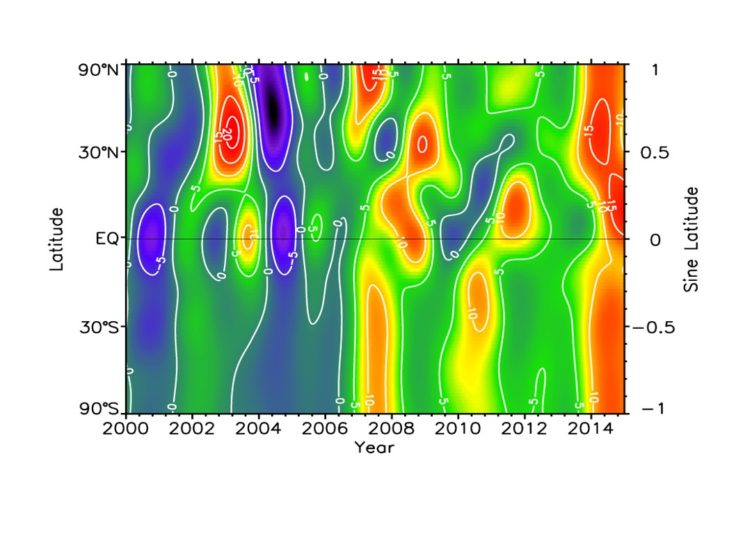Studying methane emissions in Bolivia
12 March, 2019 by James France
Dr James France has just completed a week-long flying campaign using one of the BAS Twin Otters fitted with scientific instrumentation. Find out more about his experience.
Methane is one of the most important greenhouse gases in the atmosphere, and changes in its concentration could have major influences on the Earth’s climate.
Measurements made around the world show that concentrations of atmospheric methane have been sharply increasing since 2007. The largest rises in methane concentration have been seen in the tropics and southern hemisphere. The sharpest year-on-year increase thus far has occurred in 2014, but strong growth continued in 2015.

The reasons for the observed increase are not yet fully understood. There is evidence that the increase in concentration is due to methane emissions from biogenic, rather than anthropogenic sources (i.e. biologically-driven rather than from, for example, leakage from natural gas). One possibility is that increases in methane emissions are driven by changes in meteorology (e.g. rainfall patterns) that are influencing natural methane source regions such as wetland areas.
Overall the global methane budget is not well quantified. “Bottom-up” estimates, made by aggregating inventories of emissions (e.g. from gas leaks, fires, landfills, cows, wetlands, etc) balanced with known loss processes, are significantly different from ‘”top-down” budgets assessed by direct measurement of the atmosphere. Why this discrepancy occurs is not known.
MOYA is a major NERC-funded project to study the global budget of atmospheric methane, the balance between sources and loss processes, and to understand what is changing to cause the increase in methane currently observed. The project is led by Prof Euan Nisbet, Royal Holloway, University of London and involves 14 HEI/Institutes in the UK, as well as numerous international partners.
Measurements made during MOYA will be used in numerical modelling studies to derive regional and global methane emissions. When completed, MOYA will have provided unsurpassed knowledge of what is controlling the global budget of methane.
The overall aims of MOYA are to:
1) achieve a radical improvement in the measurement of methane and its isotopologues in the atmosphere, to understand what changes are happening at global and regional scales;
2) understand why these changes are occurring through targeted field campaigns and the interpretation of atmospheric meaurements using advanced modelling methods;
3) provide predictive power on how methane sources and sinks may change in the future.
At BAS, we will contribute to these aims by making continuous measurements of atmospheric methane in Antarctica, on the Falkland Islands, and on an Antarctic-Arctic transect, aboard the RRS James Clark Ross. We will also make measurements to derive methane fluxes over South American wetlands, using BAS’s airborne Meteorological and Atmospheric Science INstrumentation.
12 March, 2019 by James France
Dr James France has just completed a week-long flying campaign using one of the BAS Twin Otters fitted with scientific instrumentation. Find out more about his experience.